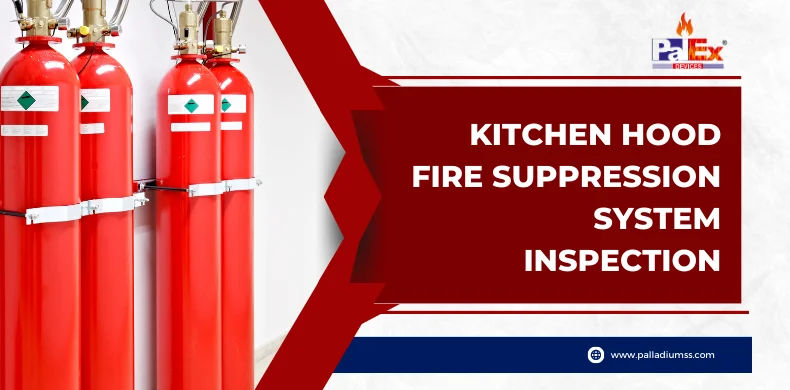But the problem is over time; the commercial kitchen can catch up with grease and grime and present new problems to the kitchen hood fire suppression system. Grease and grime stick to the nozzles and disperse your fire suppression agent, and thus it disables the system’s ability to suppress and extinguish the kitchen fires. And this may cause serious fire accidents. So it is important to maintain your kitchen’s fire suppression system.
How Often Should the Kitchen Hood Fire Suppression System be Inspected?
According to NFPA 96, the kitchen hood fire suppression system inspection must be done every six months. And importantly, the inspection must be done by a licensed fire protection company. The inspector who does the inspection checks the following, Whether There was a fire in your kitchen, and your fire suppression system works properly, i.e., activates and puts off fire successfully when shutting off the gas or electricity that powers your equipment.What is Done in the Kitchen Hood Fire Suppression System Inspection?
First, the inspector will check whether the fire suppression system is working as expected and replace any faulty or old parts. Some common tasks that the inspector does are:- All the extinguishing agent nozzles would be discharged and inspected
- Replace the nozzle caps
- Extinguisher lines are blown out through the air to ensure that there is no blockage.
- Test the gas shut off valve
- Check for holes in hoods
- Manual alarm pull station is checked for its functioning
- Fusible links of the system are cut to if the system starts properly
- The gas and electrical shut off is checked when the system activates
- Ensure the proper working of the cartridge
- Once the kitchen hood suppression system is activated, the inspector will replace the fusible links with new ones with the date stamped on them so that it would serve as proof of service for fire marshal inspection.
- After complete checking, the inspector will tag the system showing certification was successfully completed by a professional
- Finally, you will get a commercial cooking system service and inspection report, and it will be sent to your local fire department.
How Should You Prepare Your Kitchen Before the Kitchen Hood Fire Suppression System?
If the kitchen hood fire suppression system has been scheduled, then you need to do the following:- Thoroughly clean your kitchen hood
- Know when the inspection will start
- Prepare the kitchen for the inspection



